Too loud, too busy, too bright, too itchy, too scratchy, too hot, too cold, too fast, too sticky, too wet, too mushy, too spicy, too crooked, too twisty, too high, too windy, too slippery, too chunky….
Do these apply to your child? Do you often hear these “toos” even when you would think, “really?!” You may not notice the brightness of the light, the wind blowing, the food doesn’t seem hot at all yet your child says too hot… The sensory avoider notices these sensory aspects that might go unnoticed to most. They are hyper-responsive to sensory input which means that their sensory system registers this input more than others would. It can be so hard to anticipate this child’s needs because when all would seem right in the world, they notice. The sensory avoider may have big reactions or shut down. They may stand on the outskirts of situations to try and mitigate some of this sensory input. Far too often, the world we live in is so sensory-rich that the sensory avoider feels overwhelmed. What we can do as OTs, teachers, or parents is help teach coping strategies because so many of these things are out of our domain of control.
One of the interesting things about the sensory avoider is that it does not mean they dislike noise or watching fast-paced cartoons or video games. This child may use these as tools to drown out the world around them. They can dive into something that they feel they CAN control! The sensory avoider may even like fast roller coasters or spinning. The key is that they choose it on their terms and feel some sense of control over the sensory input.
I will give you some strategies to try at home and in the classroom but the key with the sensory avoider is figuring out what works for your child. What may work for one may not work for another. My hope is that having this knowledge and some tools in your toolbox will help you to understand your child, or a child in the classroom, just a bit more and can help them cope.
For the clothing sensitive child:
Offer 2 choices when getting dressed- the short sleeved or long sleeved shirt, pants or shorts/dress, short socks or long socks, these undies or those…
Try some sensory input before getting dressed- big squeezes from a parent, teach them how to put lotion on to see if that calms and “prepares” the sensory system, *if they have extreme responses, contact an OT and inquire about the Wilbarger Brushing Protocol*
For the sound sensitive child:
Talk to your child before going to a potentially loud or busy place- obviously you can’t control loud sounds in the environment, but you can cognitively help them process it by talking about the environment and sounds beforehand and after. If you are going to an airport, for example, talk about some of the sounds they might hear. Reading books about the experience or making a social story, such as going to the airport, also helps children prepare for new environments.
Talk to your child about strategies if they are in a loud environment such as a school assembly. Talk them through what they can do if they start to feel overwhelmed in the environment- this works for sounds, lights, even crowds. Give them strategies such as asking their teacher if they can go to the bathroom (including your teacher in this conversation beforehand, of course), step outside for a drink of water, if they have anxiety about the experience consider allowing them to stay for part of it then leave to help in the front office with a “very important job” so that they do not feel like they are missing out.
Again, the sound sensitive child might enjoy loud music at home but they are comfortable and familiar in this environment, they are potentially controlling this volume, or they are able to drown out extraneous sensory input with the music.
For the child that does not want their hair brushed:
Some children are very sensitive to self-care activities. I have had the most success when I can teach the child how to do these things by themselves. This includes trimming their nails! For the very young child who is sensitive, it takes some trial and error but experimenting with different types of brushes and detanglers (even if their hair does not feel “tangled”), try wetting their hair, be sure to use conditioner when washing to help make the hair smooth and knot free.
Cut nails after the bath or shower when they are soft. Consider filing nails rather than clipping. Try to use adult nail clippers rather than children’s if you feel you are able to do it with fewer “clips.” It truly is all about experimenting with what works and involving your child in the process.









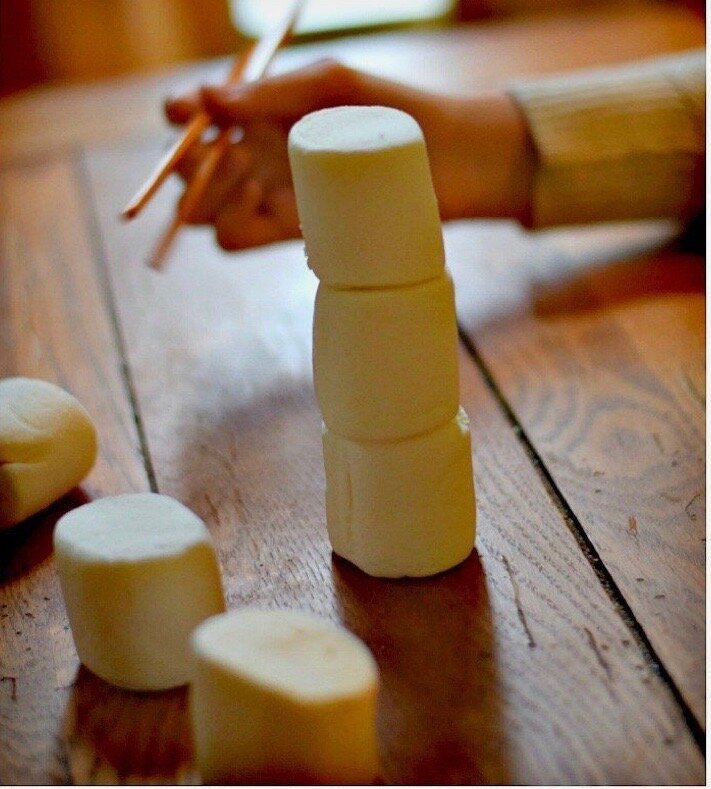
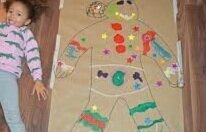






























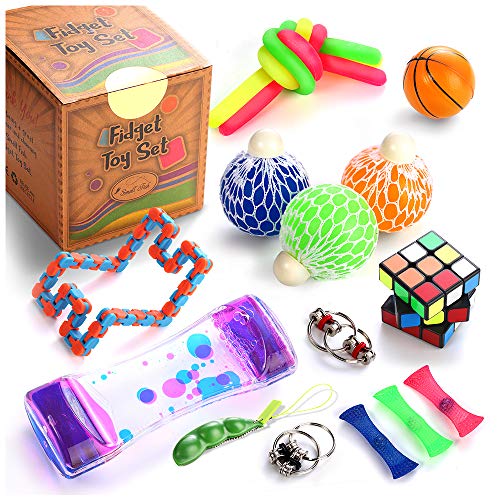
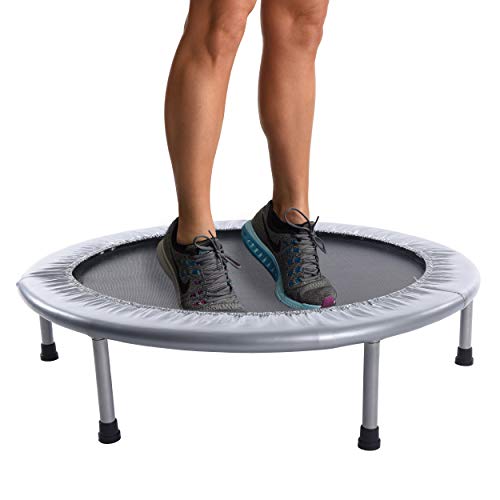





















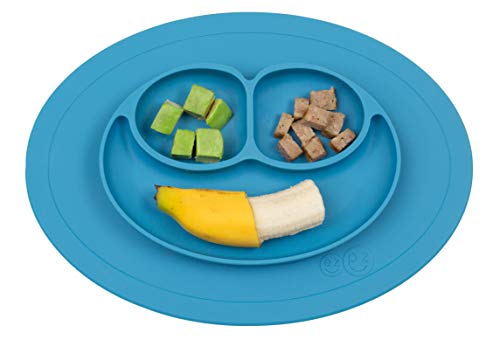









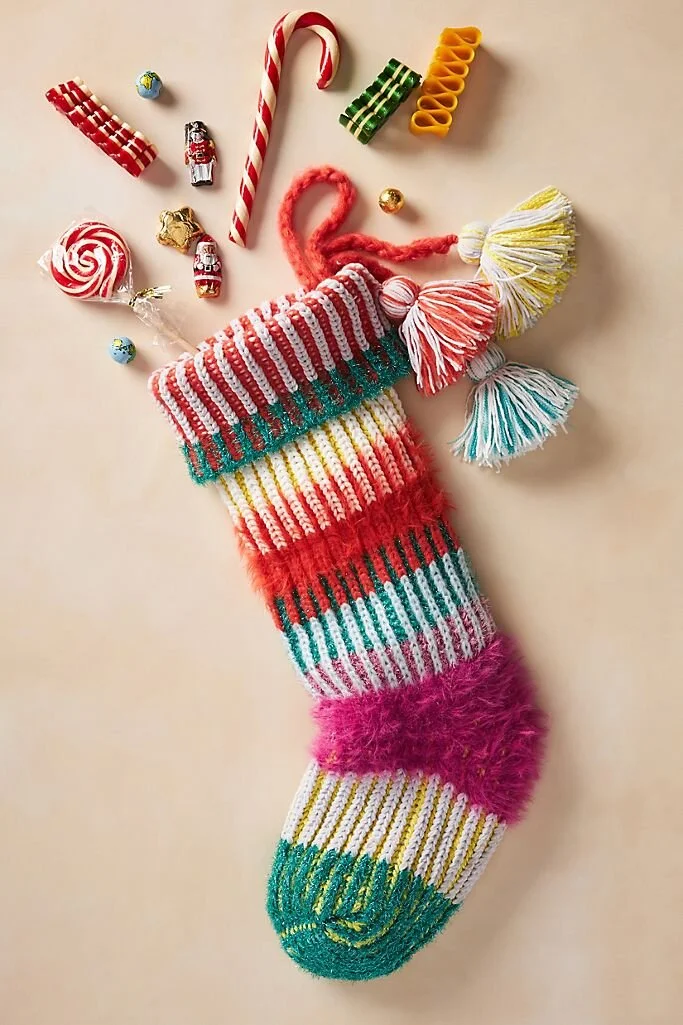

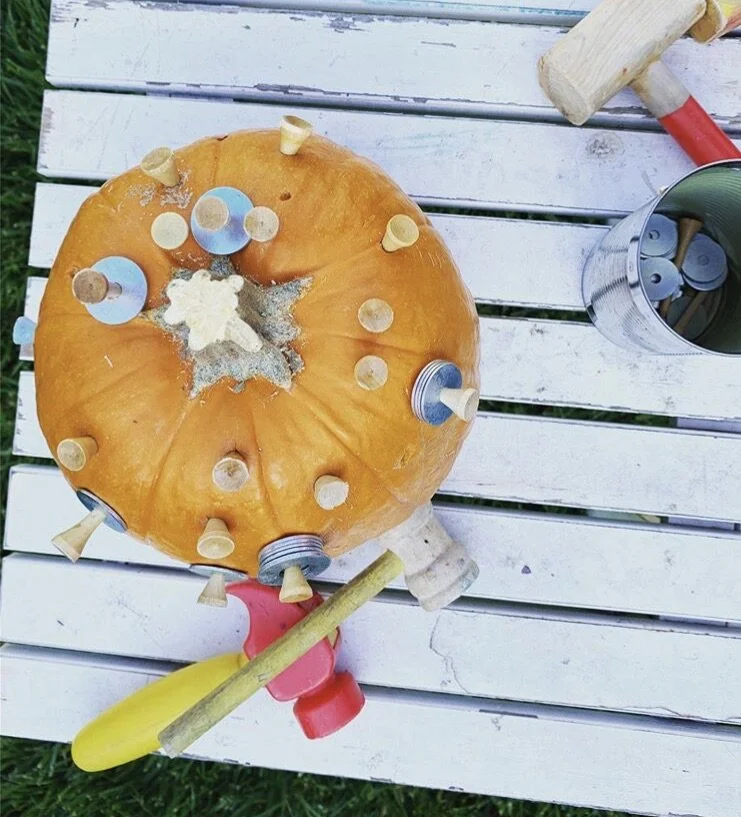
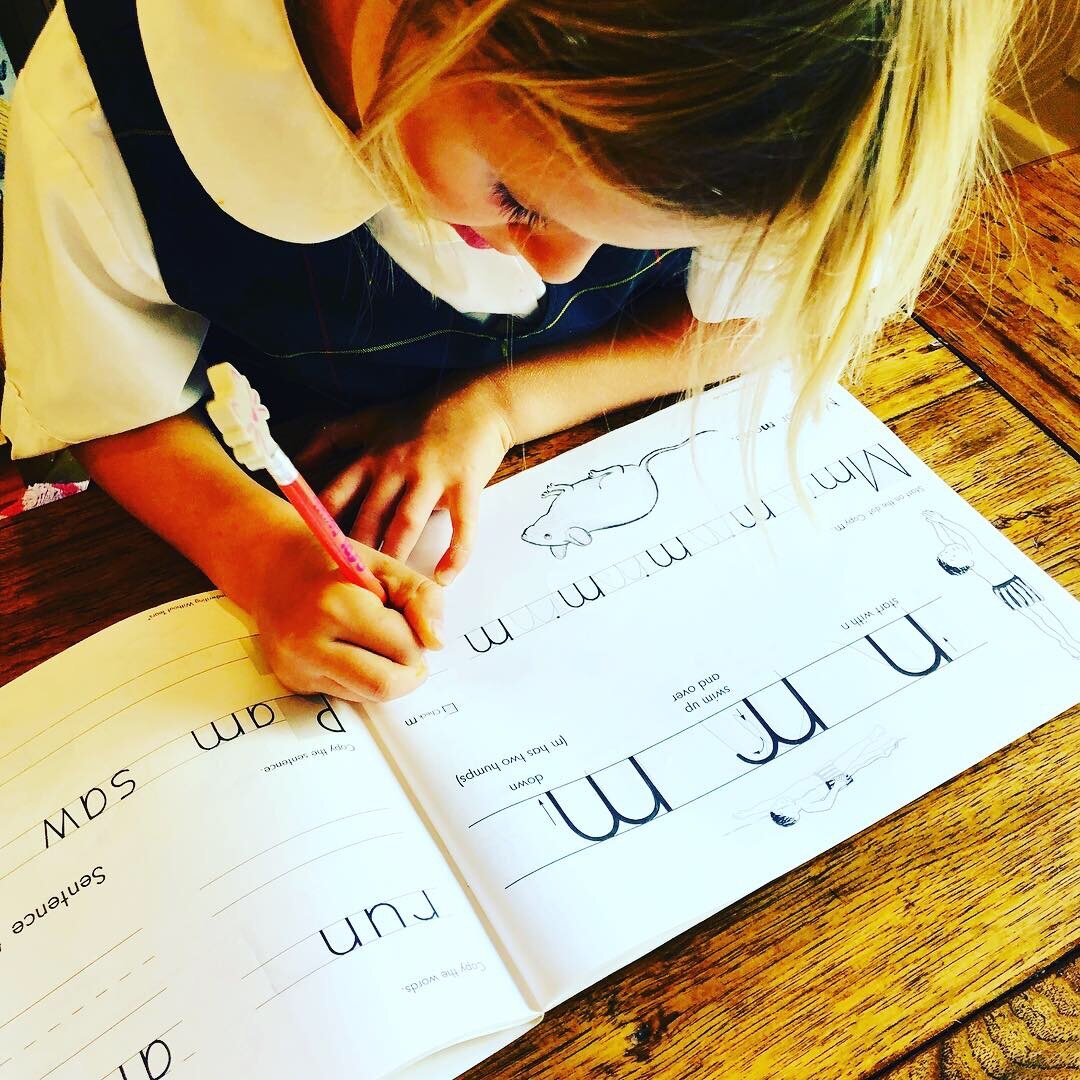







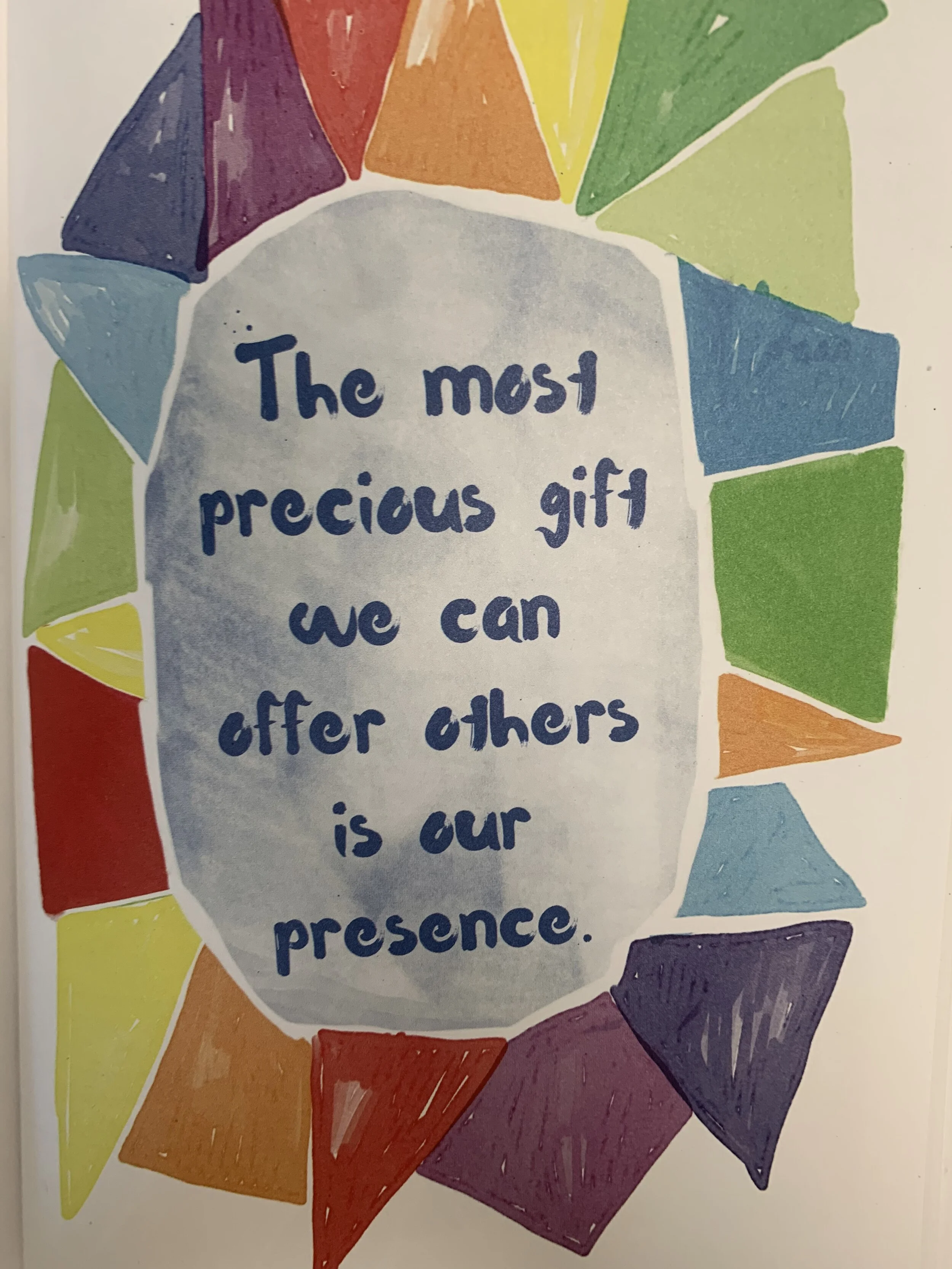








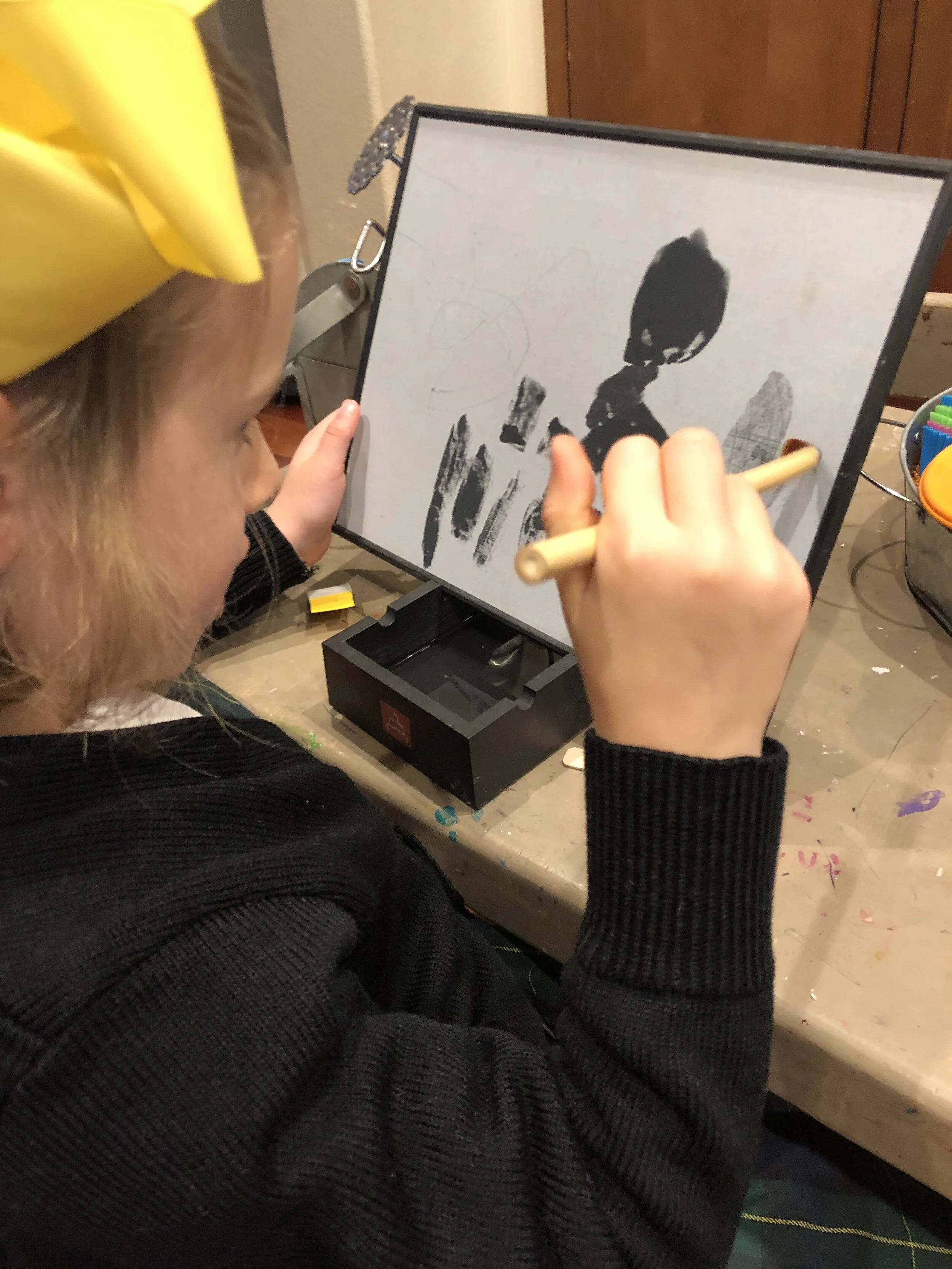

Stocking Stuffer ideas with an OT twist!